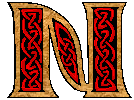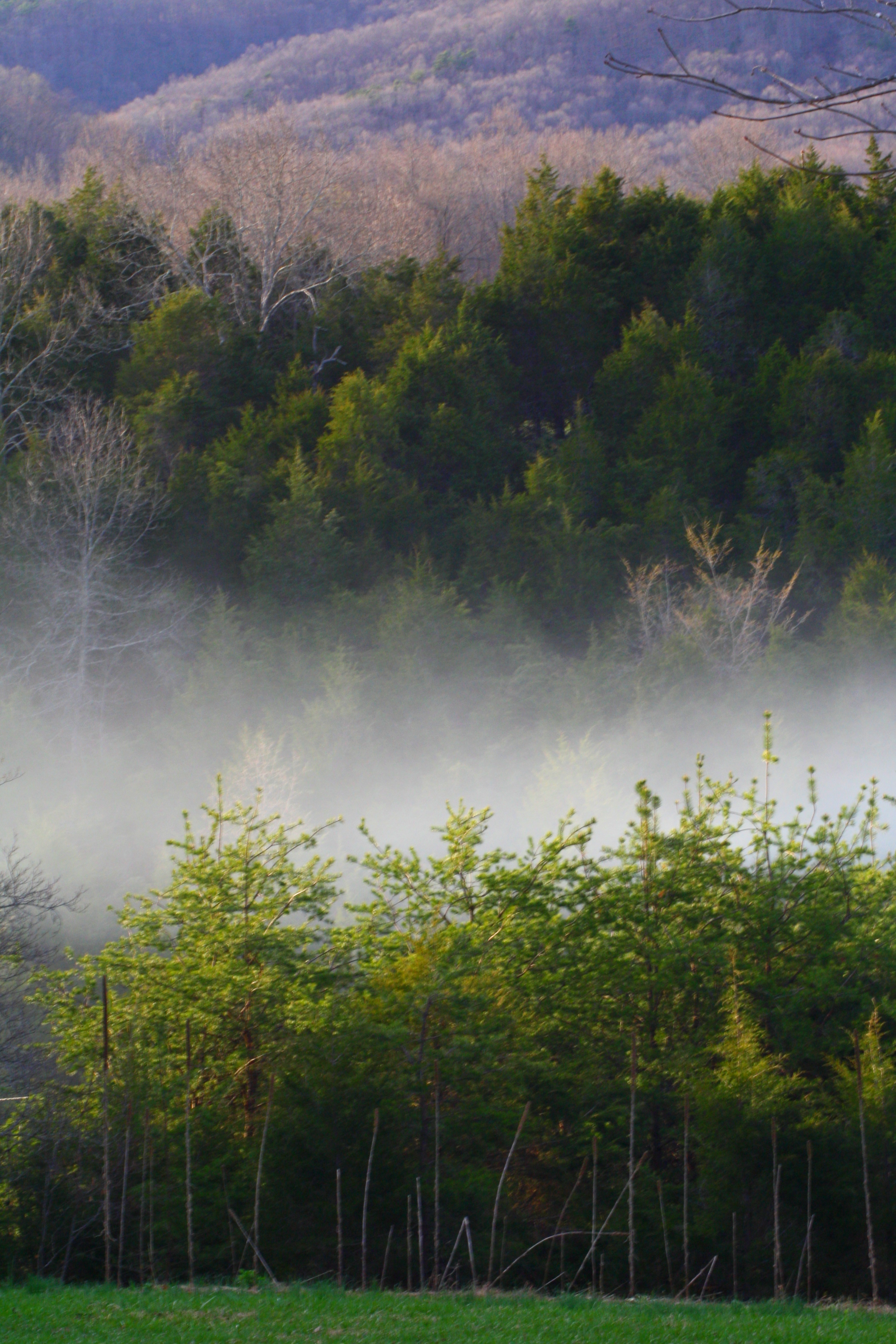 Cedar Cove
Cedar Cove
(our home)


 estled in the foothills of the eastern mountains in the US, just outside the village of Greenville, West Virginia, Cedar Cove is the institute’s international home. It is a place where our volunteer staff comes together to design new programs or just to recharge and find out what’s happening with our work around the world. The Great Hall, with its hand-forged wrought iron, massive beams, and unusual stone fireplaces, provides the perfect setting for our sessions. It represents a celebration of the world’s cultures and mythologies, an unfolding dream of the energy and talents of many institute members. When people ask why we call the institute’s international home a “cove,” we explain that in the eastern mountains of North America during the early days of European settlement, a cove was a small valley, often hidden in the forested folds of the land and not easily accessible. Today, we like to think this place is a cove for an additional reason . . .
estled in the foothills of the eastern mountains in the US, just outside the village of Greenville, West Virginia, Cedar Cove is the institute’s international home. It is a place where our volunteer staff comes together to design new programs or just to recharge and find out what’s happening with our work around the world. The Great Hall, with its hand-forged wrought iron, massive beams, and unusual stone fireplaces, provides the perfect setting for our sessions. It represents a celebration of the world’s cultures and mythologies, an unfolding dream of the energy and talents of many institute members. When people ask why we call the institute’s international home a “cove,” we explain that in the eastern mountains of North America during the early days of European settlement, a cove was a small valley, often hidden in the forested folds of the land and not easily accessible. Today, we like to think this place is a cove for an additional reason . . .
The Lost Kingdom
The homeland of the “Tellurian Gnomes,” those imaginary little people who look after the treasures of the planet, and lighten up the heavy prose in Earth Education … A New Beginning, lies just over the hills behind Cedar Cove. There visitors find rolling land dropping away to a marvelous natural glen which harbors dramatic entrances to three cave systems. One of them, designated a National Natural Landmark (like the Grand Canyon, Yosemite, and Yellowstone), provides a wonderful opportunity to explore beneath the crust of the planet. A bubbling stream emerges from a natural grotto, then winds around “Old Leaf” on a grassy knoll before tumbling down a slope and disappearing again at the base of an imposing cliff. Inside, there are immense chambers, flowstone domes and bridges, siphons and chimneys, plus interior waterfalls and pools. A particularly large chamber, known as the “Singing Cave,” was used by church groups over a century ago due to its size and acoustics. There are several miles of subterranean passages on different levels, some of which were mined for saltpeter in the 1800’s (the tracks are still visible where the carts were pulled in and out).

IEE
Cedar Cove Chronicles
The Chronicles represent a compilation of various facets of the institute’s international home and its development. In earth education we say that a healthy and joyous relationship with the planet we share comes from the head, through the heart, to the hands. Clearly, that’s the case with Cedar Cove (although some have claimed after visiting that it should be from the heart, through the head, with the hands). In either situation, the Chronicles document the contributions and reflections of all those who have made the “Cove” possible. We would welcome your support.
